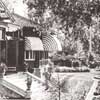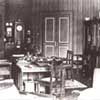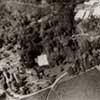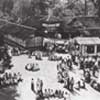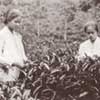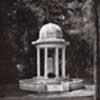|
Malabar Tea Estate [english|indonesia|netherlands] The history of Malabar dates back to the 1890 when the culture of Dutch began to flow into the highland of Pangalengan. Malabar tea estate was established in 1896 and Karel Albert Rudolf Bosscha was the plantation’s first manager. Later on, he was the General Manager to all tea estate in the Pangalengan region.
During his 32 years as manager of the tea estate he had accomplished his job enormously. He erected two tea factories in Malabar, one was near his residence also his office, called Malabar tea factory and the other was erected later (1905), called Tanara (now Malabar tea factory). The first Malabar tea factory is now known as the “Sporthall Gelora Dinamika”.
Both were built in the center of his tea plantation as to enable collected tea leaves reached the factory within fresh condition. To operate his machineries in the factories and light in houses, a power house of hydro-electric power-plant was built by the river of Cilaki, with 3000 HP. Up to now, the power house has been functioning, partly. The name Malabar is believed to come from the Arab language, meaning “Mal-“ for money, and “Abar” for a well or source. In fact, Malabar has been making money for PT Perkebunan XII by yielding its best production, supported by its low cost of production. Presumably, Bosscha had chosen the right place to live. He loves his life in Malabar. He became a part of it. He didn’t even bother to get married. He died on the 26th November 1928 and was buried among his tea bushes in Malabar tea estate as he had requested. His simple tomb is still there, unspoiled.
TMY June 2001
|

